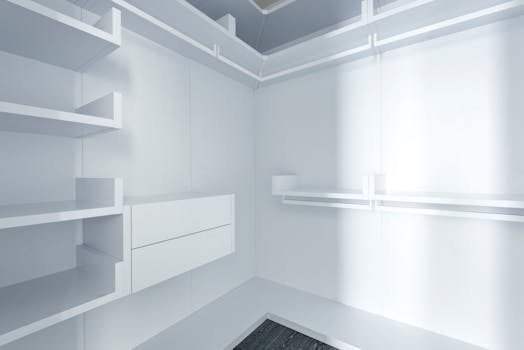Understanding Small Space Challenges

Living in a small space can bring both charm and challenges. Compact apartments or tiny homes often lack adequate storage and feel crowded. However, with well-planned furniture arrangements, these spaces can be transformed into welcoming havens where comfort coexists with functionality. Adapting to a smaller area requires innovative thinking about furniture placement and the selection of versatile items that maximize every square inch.
Choosing Multi-Functional Furniture

One of the keys to making the most out of a small space is choosing multi-functional furniture. Opt for pieces that serve different purposes. A sofa bed, for example, works as seating during the day and converts to a sleeping area at night, perfect for hosting guests. Nesting tables that can be separated and easily tucked away when not in use can also save space. Invest in ottomans that have hidden storage capabilities or coffee tables that lift to provide a work surface. This dual functionality can greatly reduce clutter while offering the same level of comfort you would expect in a larger setting.
Strategic Furniture Layout

The way you arrange your furniture can dramatically change the perception and flow of a room. Avoid pushing all your furniture against the walls; this can make the space feel linear and uninviting. Instead, try pulling larger pieces, like sofas, away from the walls to create a sense of intimacy within the space. This arrangement encourages conversation and makes the area feel more open. Utilizing diagonal lines, instead of direct alignments, can also trick the eye into feeling like there’s more space than what truly exists.
Vertical Space Utilization

When floor space is at a premium, think vertically. Shelves that climb up the walls can effectively house decorations, plants, books, and other essentials while leaving the floor area clear. Consider a tall bookshelf that combines display and storage options. Wall-mounted desks can become a swirling centerpiece for an office nook. Overhead cabinets in a kitchen can store less frequently used items, thus freeing up precious counter space. Don’t forget wall hooks or pegboards; these can hold multiple items like bags, hats, or kitchen utensils without encroaching on the living space.
Incorporating Smart Décor Choices

Finally, finishing touches often emphasize the style of a small room and can enhance the overall feel of open space. Use light colors to keep the atmosphere airy and vibrant; dark hues can make spaces feel enclosed. Mirrors are excellent for creating an illusion of depth and light; a cleverly placed mirror can work wonders. Avoid heavy patterns that can crowd the space visually and instead aim for a few standout pieces that draw attention without overwhelming the senses. Factoring in plants helps inject vibrancy without bulky furniture-blocking paths.



